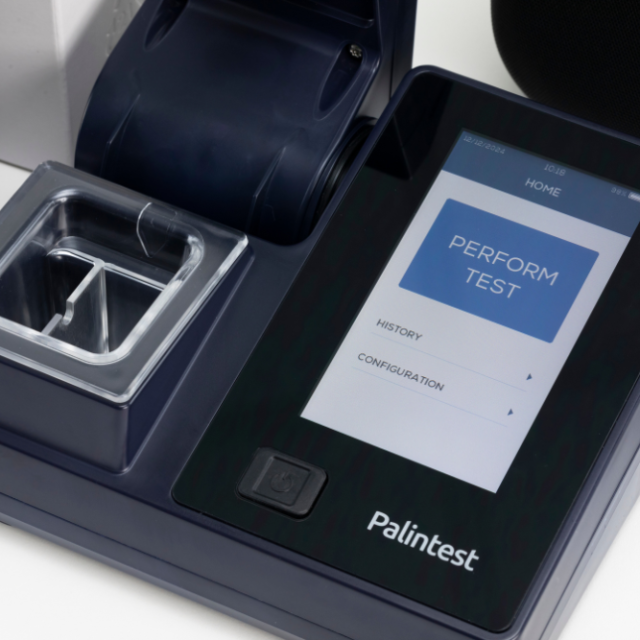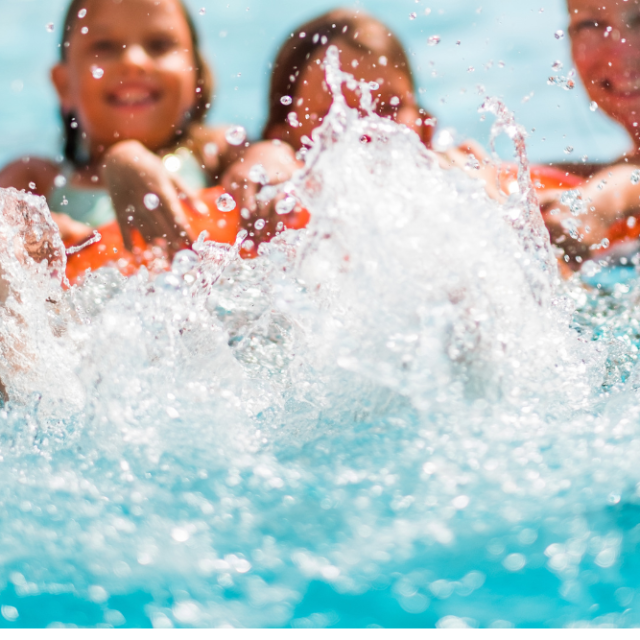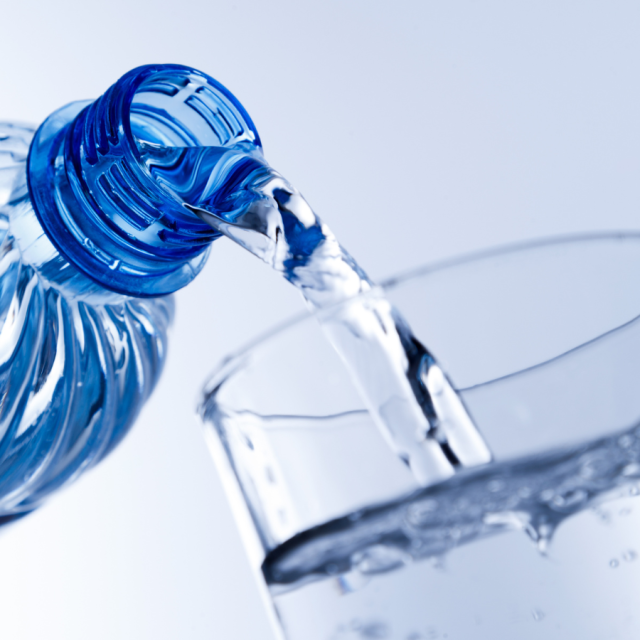
A Guide to Testing for Free and Total Chlorine Levels in Industrial Water
The Importance of Chlorine Testing
In industrial settings, where water quality is crucial, testing for chlorine levels is imperative. Chlorine, used as a disinfectant, ensures water safety and quality. This article explores effective methods for testing free and total chlorine in industrial water.
Understanding Free and Total Chlorine
Before delving into testing methods, it’s essential to differentiate between free and total chlorine. Free chlorine refers to the chlorine available for disinfection, while total chlorine includes both free chlorine and combined chlorine, known as chloramines.
DPD Colorimetric Testing: A Popular Choice
The DPD method is widely used for its accuracy and simplicity. It involves adding a DPD reagent to a water sample, which reacts with chlorine, causing a color change. The color intensity correlates with the chlorine concentration, offering a clear indication of the levels present.
Titrimetric Methods: Precision and Reliability
Titrimetric testing provides a precise measure of chlorine concentration. It involves adding a specific reagent to the water sample and measuring the volume of the reagent needed to reach a certain endpoint, usually indicated by a color change. This method is renowned for its accuracy.
Electronic Testing with Photometers
Photometers offer a modern approach to chlorine testing. These electronic devices measure the intensity of light passing through the sample after adding a reagent. They provide accurate and quick results, making them ideal for industrial applications.
Regular Monitoring: Key to Water Safety
Regular testing of chlorine levels is crucial. It helps maintain the right balance, ensuring the water is safe for its intended use while preventing over-chlorination, which can lead to corrosion or other issues in industrial systems.
Chlorine in Industrial Water
Testing for free and total chlorine is a fundamental aspect of maintaining water quality in industrial settings. By employing the right testing methods and regular monitoring, industries can ensure water safety and operational efficiency.




